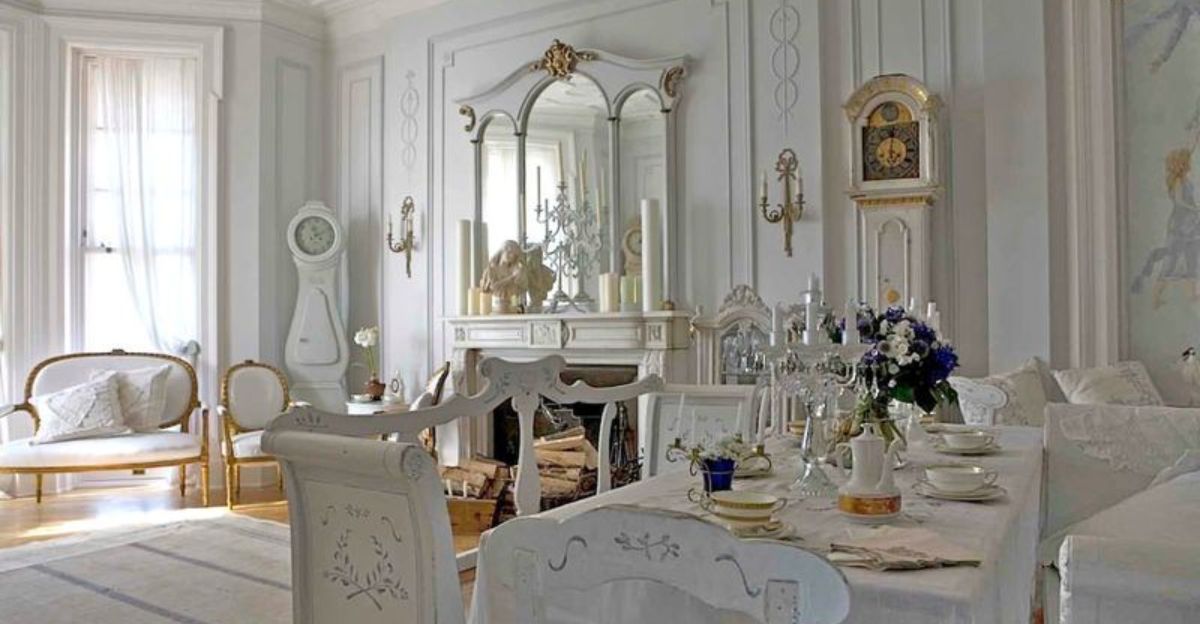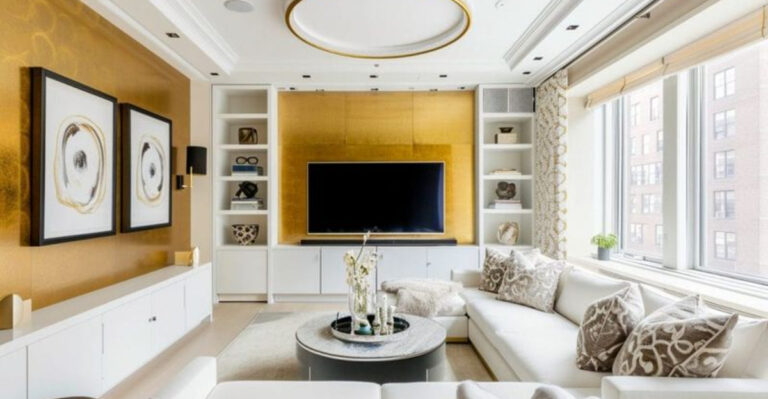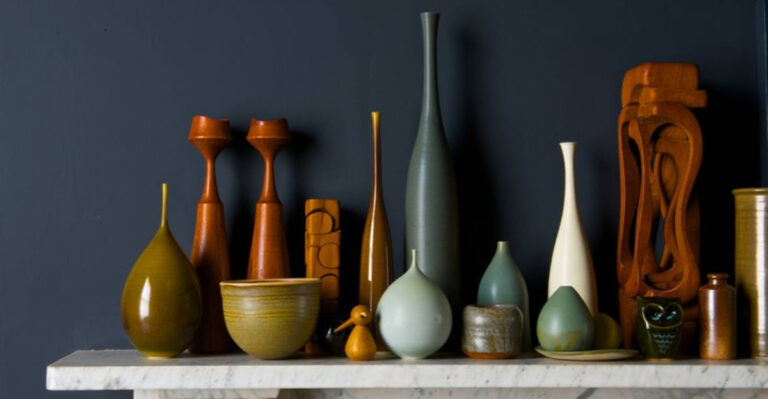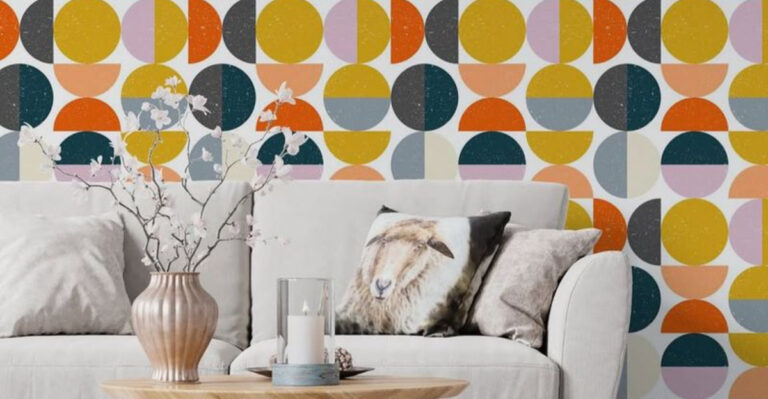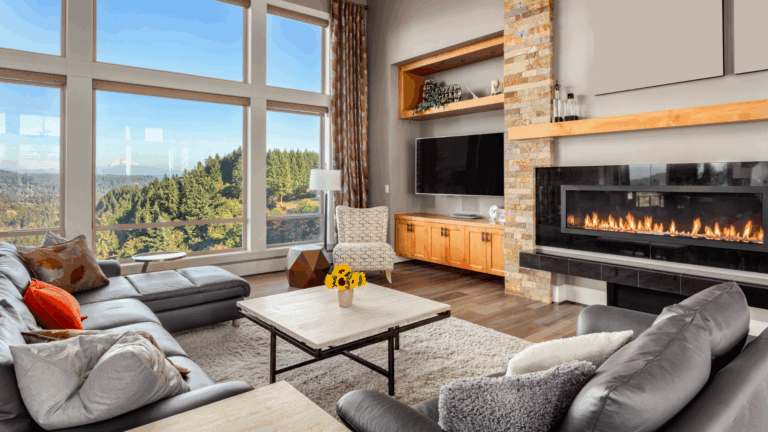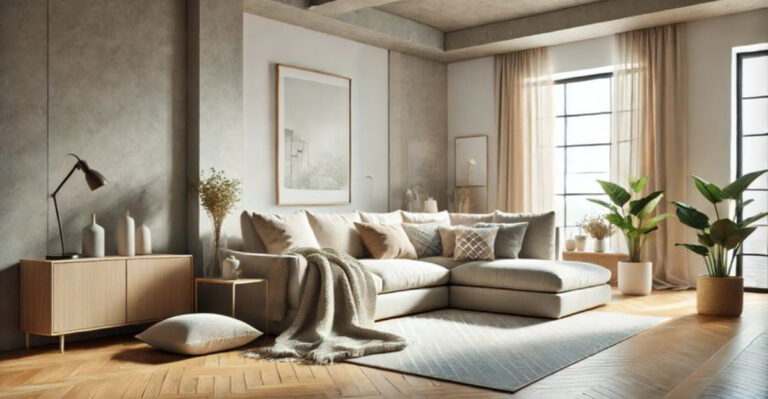15 Beautiful Gustavian Living Rooms That Capture Swedish Sophistication
Swedish design has captivated interior enthusiasts for centuries with its perfect balance of elegance and comfort.
Gustavian style, named after King Gustav III, brings a light, airy feel to living spaces with its distinctive pale color palette and graceful furniture.
Let’s explore stunning living rooms that showcase this timeless aesthetic, combining historical charm with practical livability.
1. Sunlit Serenity

Walking into a sun-drenched Gustavian living room feels like stepping into a cloud. Creamy white walls reflect natural light while painted wooden floors add subtle warmth.
Carefully placed mirrors with ornate frames multiply brightness throughout the space. Imagine sinking into a pale blue sofa with curved legs – comfort wrapped in elegance!
2. Graceful Gray Palette
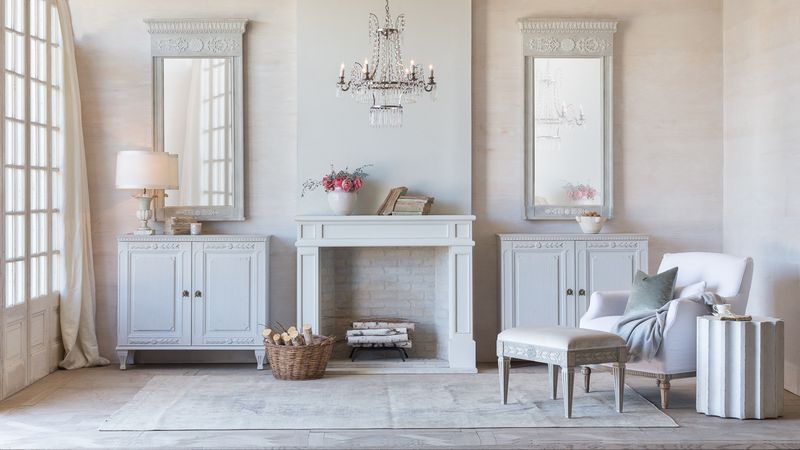
Soft shades of gray create a sophisticated backdrop in refined Gustavian spaces. From dove to charcoal, each tone adds depth without heaviness.
What makes this approach special is how gray walls make white-painted furniture pop with crisp contrast. Add linen upholstery and delicate crystal chandeliers for a room that whispers rather than shouts.
3. Rustic Refinement
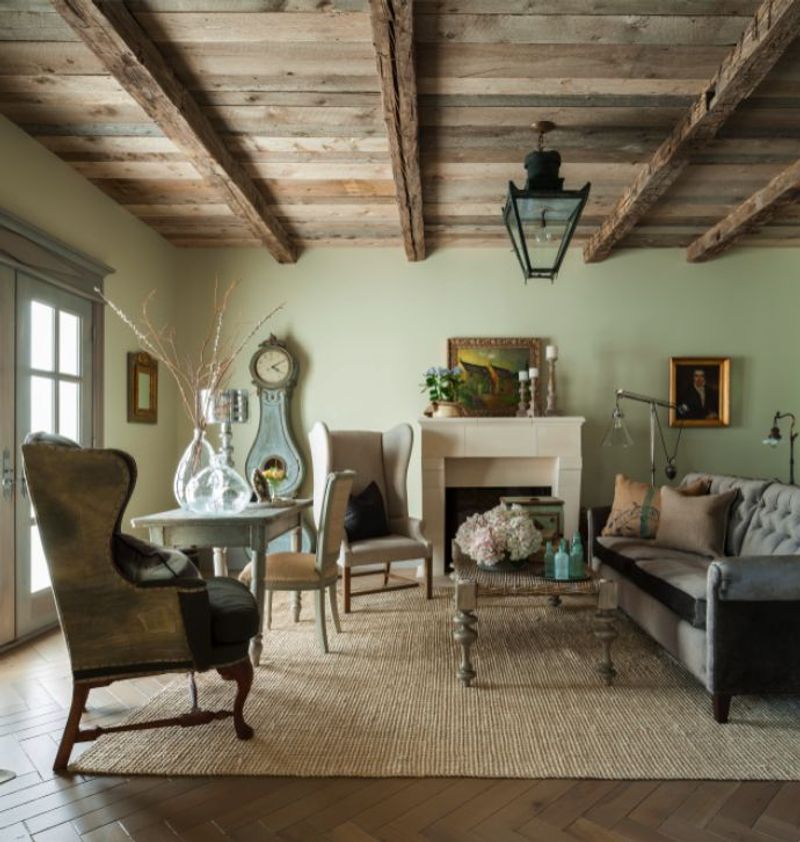
Country charm meets royal elegance in rustic Gustavian spaces. Imagine weathered ceiling beams contrasting with meticulously painted furniture in soft blues and greens.
Worn wooden floors tell stories of generations past while simple linen curtains filter sunlight into gentle pools. A stone fireplace anchors the space, promising cozy evenings even during Scandinavian winters.
4. Gilded Elegance
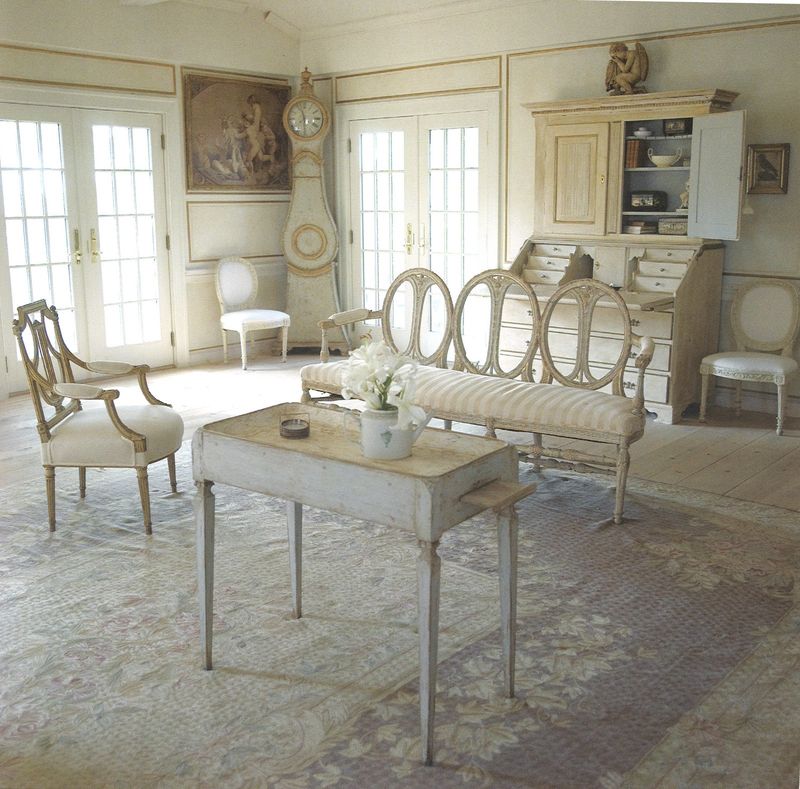
Gold accents sparkle against pale backdrops in more formal Gustavian settings. Delicate gilt mirrors reflect light while carved wooden frames showcase Swedish craftsmanship at its finest.
Unlike heavy baroque styles, Gustavian gilding appears as gentle highlights rather than dominating statements. Look for subtle gold leaf on chair legs or picture frames – just enough to catch your eye without overwhelming.
5. Scandinavian Simplicity

Clean lines define minimalist interpretations of Gustavian style. Modern adaptations embrace simplicity while honoring historical proportions and shapes.
Uncluttered spaces allow each carefully selected piece to shine. A single antique cabinet might stand alongside contemporary seating, while botanical prints add gentle color to pristine walls. It’s Swedish restraint at its most beautiful.
6. Coastal Influences
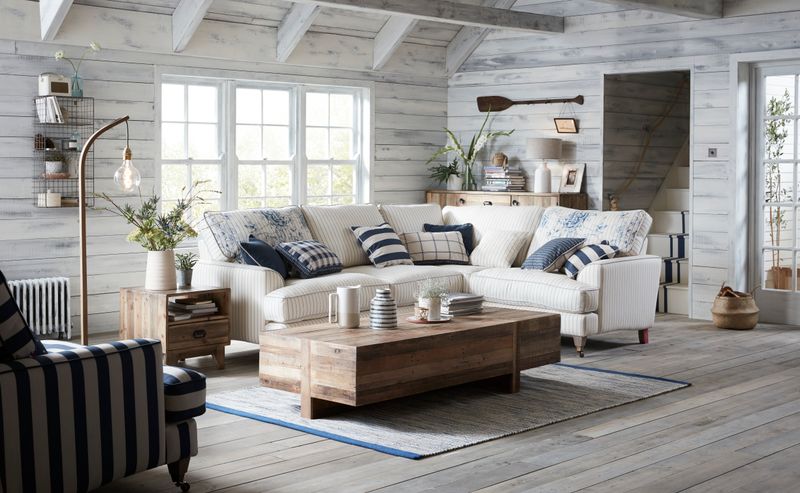
Maritime elements infuse seaside Gustavian rooms with fresh energy. Blue-striped fabrics and nautical motifs honor Sweden’s island heritage without becoming too theme-heavy.
Whitewashed woods mimic salt-weathered surfaces while glass fishing floats add unexpected color pops. Picture windows frame water views, bringing nature’s ever-changing artwork directly into these serene spaces.
7. Floral Freshness
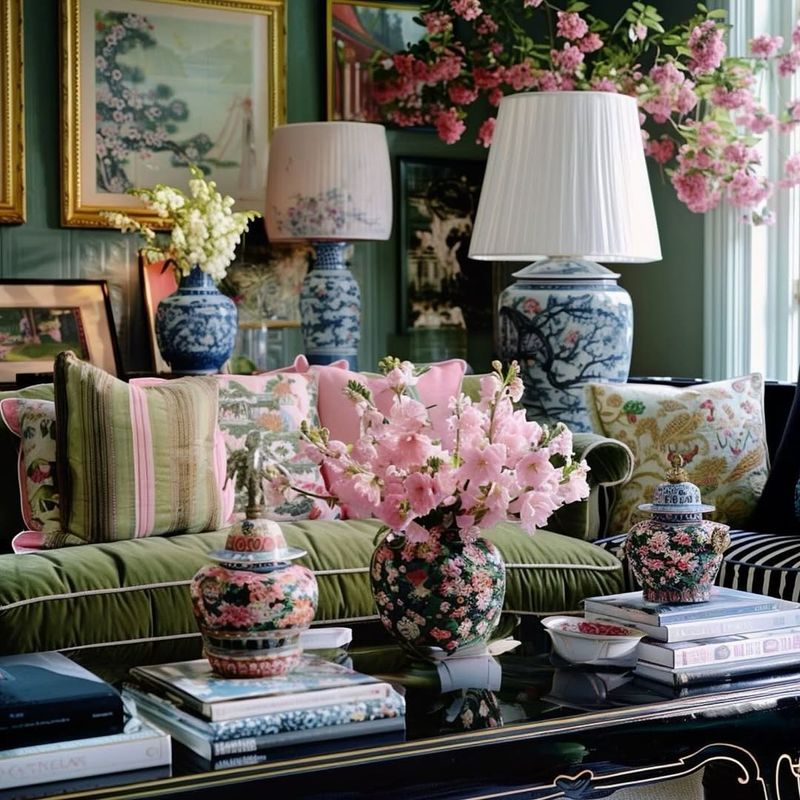
Botanical patterns breathe life into classic Gustavian rooms. Delicate floral prints on cushions and curtains create visual interest against neutral backgrounds.
Fresh flowers appear in simple arrangements – perhaps wildflowers in a blue and white porcelain vase. Hand-painted flower motifs might adorn furniture edges, showcasing the Swedish love for bringing nature indoors even during long winters.
8. Monochromatic Mastery
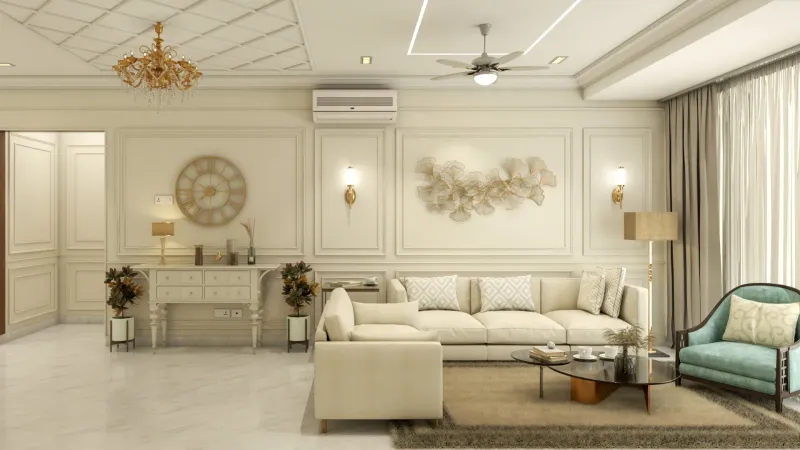
Varying shades of a single color create sophisticated depth in monochromatic Gustavian spaces. Imagine cream, ivory, and alabaster playing together in perfect harmony.
Texture becomes crucial when color variation is subtle – rough linen against smooth painted wood, matte walls beside glossy trim. Even in seemingly simple spaces, your eye discovers endless nuance and thoughtful detail.
9. Symmetrical Balance
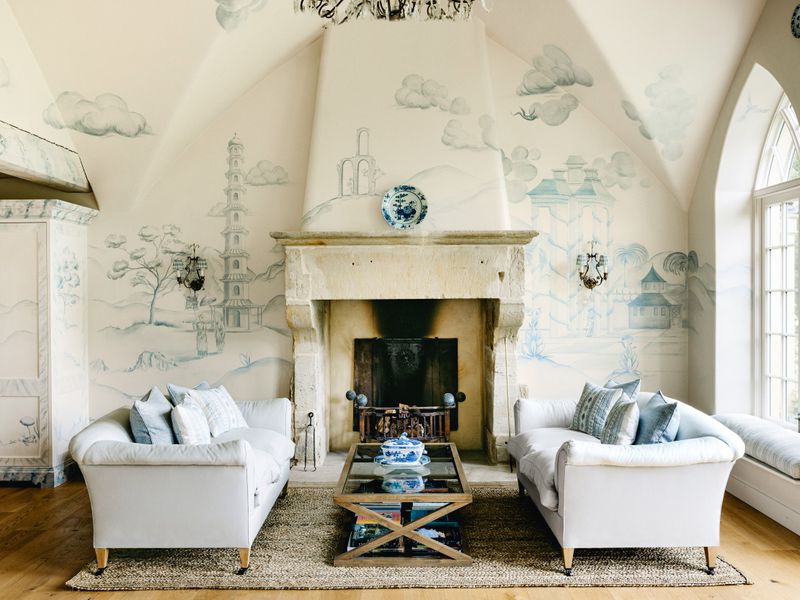
Mirror-image arrangements create formal elegance in traditional Gustavian rooms. Matching sofas face each other across ornate coffee tables while identical console tables flank doorways.
Even wall decorations follow symmetrical patterns – portraits or landscapes hung in perfect pairs. Far from feeling rigid, this balanced approach creates a sense of harmony that instantly soothes the mind and welcomes conversation.
10. Vintage Treasures
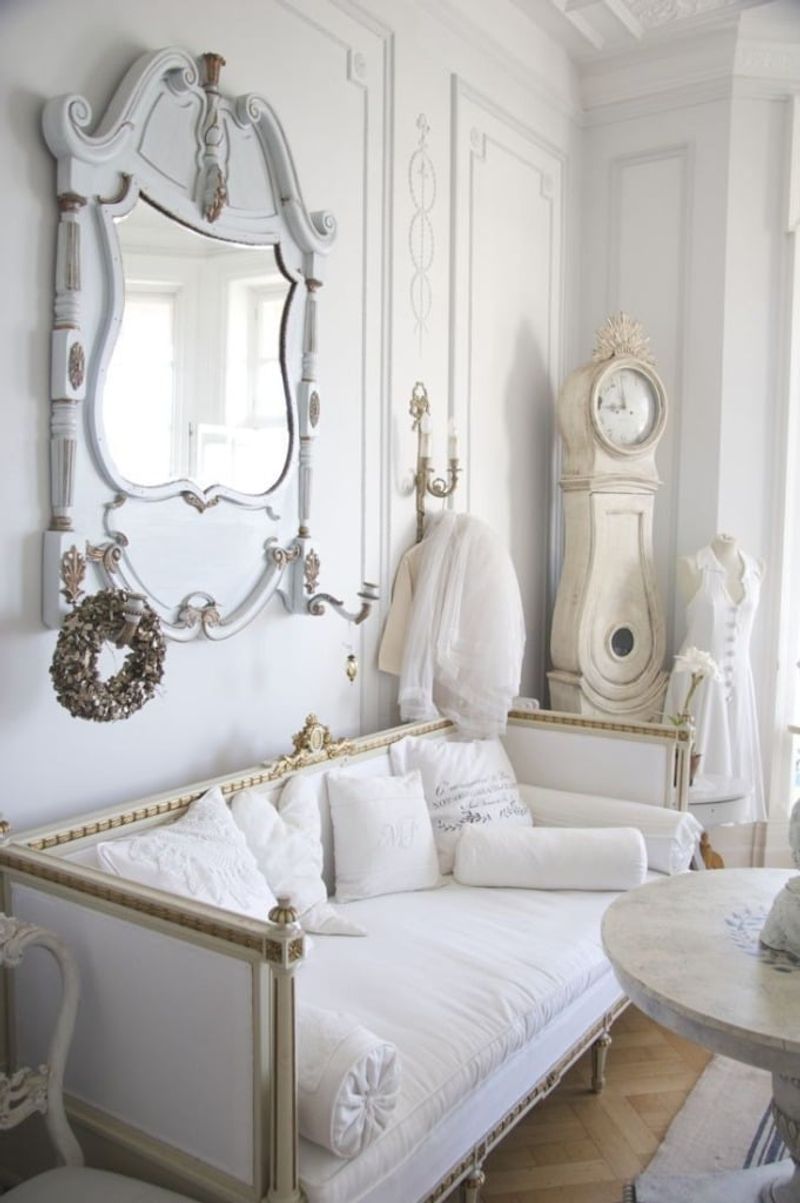
Authentic antiques shine in historically accurate Gustavian spaces. Original 18th-century pieces with gently worn paint finishes tell stories of Swedish aristocracy and royal influence.
Collectors seek mora clocks with their distinctive curved tops, or genuine barrel-back chairs with hand-carved details. Mixed with carefully chosen reproductions, these treasures create living museums where history feels warmly accessible.
11. Architectural Details
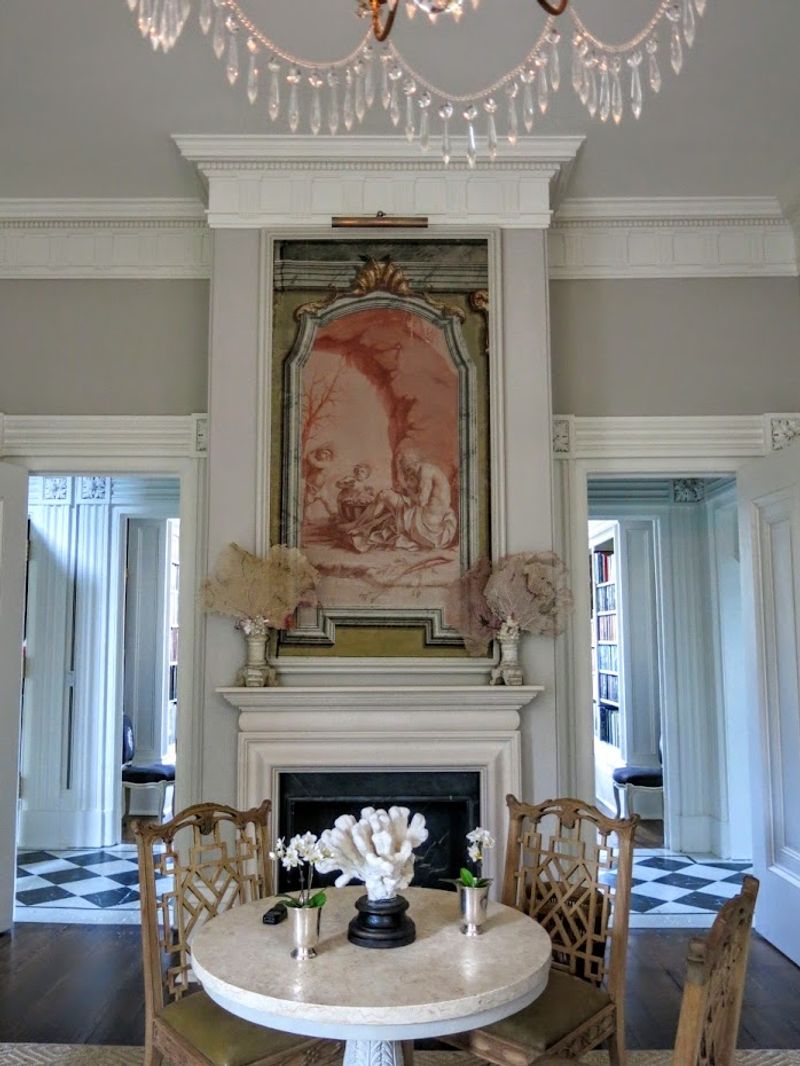
Original crown moldings and ceiling medallions elevate Gustavian rooms beyond basic white boxes. Carved door surrounds and window casings frame views while adding architectural interest.
Swedish paneling called boiserie creates elegant wall divisions, often painted in contrasting shades. Unlike heavier French versions, Gustavian architectural elements maintain a lightness that feels distinctly Nordic – substantial yet never overwhelming.
12. Curved Elegance

Gentle curves distinguish Gustavian furniture from more angular styles. Rounded sofa backs, cabriole legs, and scalloped edges create a feminine softness throughout the space.
Even architectural elements follow suit with arched doorways and rounded alcoves. When strong right angles appear, they’re often softened with curved decorative elements – a perfect balance of structure and grace that defines Swedish sophistication.
13. Pastoral Charm

Countryside motifs bring warmth to elegant Gustavian spaces. Hand-painted murals depicting rural scenes might adorn walls, while carved wooden details showcase wheat sheaves or simple flowers.
Checkered fabrics in soft blues recall traditional Swedish textiles. Look for folk art influences in painted furniture – stylized flowers and simple patterns that connect royal style to rural traditions in uniquely Swedish ways.
14. Modern Interpretations
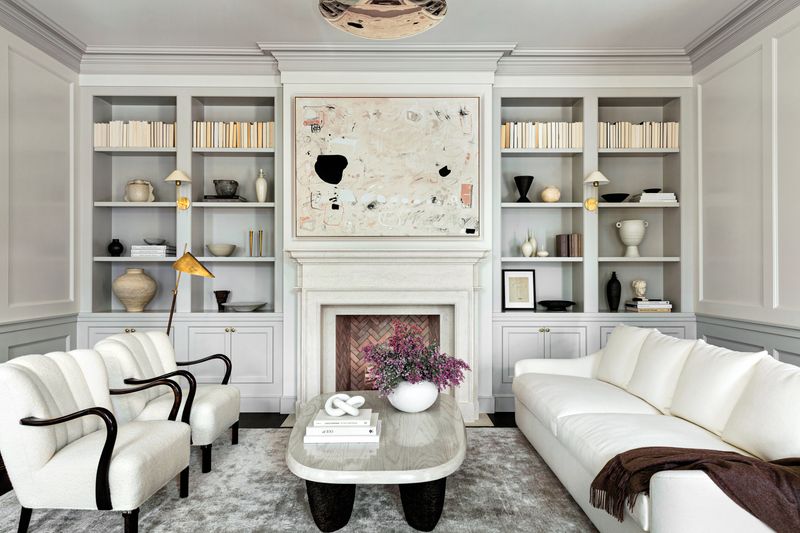
Contemporary designers reinterpret Gustavian style for modern living. Classic shapes appear in unexpected materials – perhaps a traditional silhouette rendered in lucite or metal.
Color palettes might expand beyond traditional pastels into bolder territories while maintaining Swedish restraint. Smart technology hides discreetly behind period facades, proving that historical elegance can embrace present-day functionality without losing its soul.
15. Winter Whites
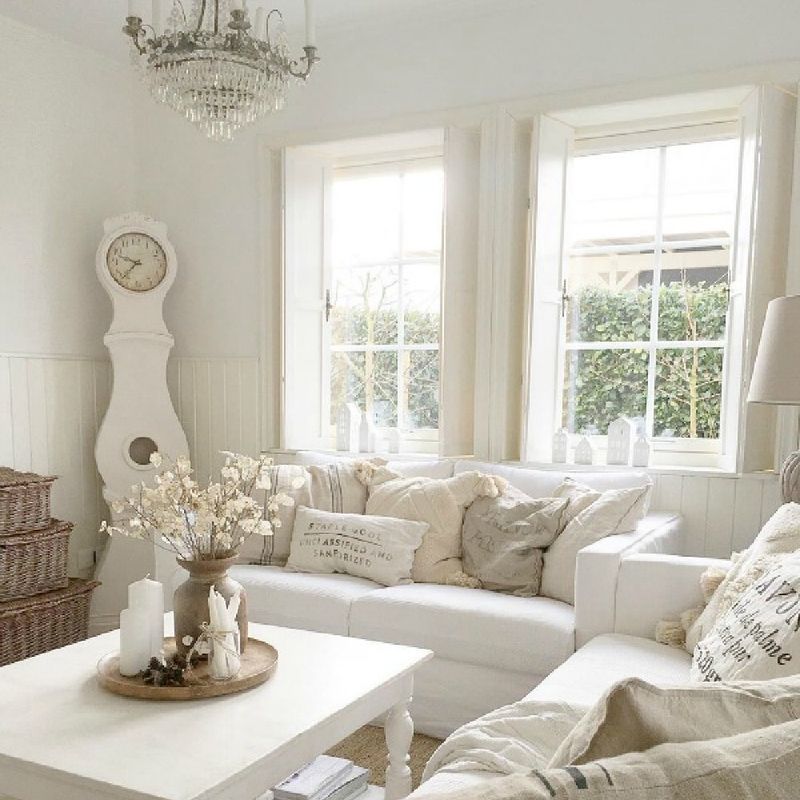
Snowy hues dominate in the most quintessential Gustavian spaces. Walls, floors, furniture, and fabrics blend in various white tones, creating rooms that seem to glow from within.
Small color accents become powerful statements against pristine backgrounds. Consider how Swedish winters influenced this aesthetic – months of snow and limited daylight inspired interiors that maximize light reflection through clever use of pale surfaces.

